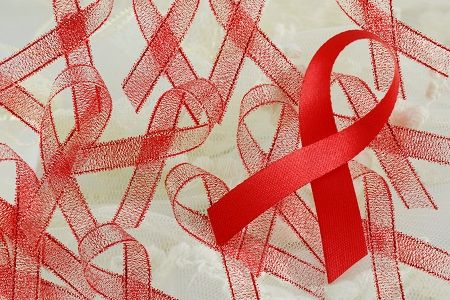Article
Increased Number of People in the US Living with HIV Are in Remission
Author(s):
While the national split is a significant jump from previously reported rates, the degrees of the success vary in different parts of the country, Barry S. Zingman, MD, Medical Director, AIDS Center, Montefiore Health System, told MD Magazine.

In 2014, practically half of HIV patients in the US were in remission, according to the latest data recently released by the US Centers for Disease Control and Prevention (CDC). That statistic may be only half the story.
While the national split is a significant jump from previously reported rates, the degrees of the success vary in different parts of the country, Barry S. Zingman, MD, Medical Director, AIDS Center, Montefiore Health System, told MD Magazine.
At his Center for Positive Living/ I.D. Clinic in The Bronx, NY, among the 3,300 HIV patients in treatment, the viral suppression rate is greater than 85%, and going up every year. Zingman said many other sites "around the country are seeing viral suppression rates in the 80s and 90s and that’s gratifying to see."
By contrast, the Centers for Disease Control and Prevention (CDC) statistics show some states such as Virginia and South Dakota only 34.3% and 40.4% of people with HIV 13 years of age and older, respectively, have achieved viral suppression, Zingman said.
The whole Montifiore system tests about 50,000 people a year in The Bronx and the southern part of nearby Westchester County, Zingman explained. It finds about 150 HIV infections annually. Overall, there are 24,000 people in The Bronx carrying the HIV virus, which means this area has more HIV cases than 41 states.
Increased testing has been a major US goal for increasing diagnosis, care, and the rate of suppression. Whether that happens depends to a large degree upon the characteristics of an area where someone lives — income, jobs, access to care.
People retaining medication regimens and continued care is crucial, Zingman said. Because Medicaid is the key insurer in the US, Mediciad expansion states "have shown greatly increased rates in viral suppression compared with the non Medicaid expansion states."
“If people can get insurance, they want to take care of this," Zingman said. "They know these are life saving therapies that we have.”
The improvement in anti-retroviral therapies (ART) for HIV is also a source of increased HIV suppression among the 1.1 million people in the US living with HIV, Zingman suggested. The doubt about whether ART can suppress viral load has been replaced with certainty in the last 5 years. In addition more ART regimens can involve only one pill a day and side effects are significantly lower than 7 or 8 years ago.
As the CDC has highlighted, there are still miles to go get consistent care for some population groups. For example, only 27% of young people with HIV had the virus suppressed, according to the CDC analysis of the latest data.
Due to "more unstable lives," reaching young people with HIV has been a persistent issue, Zingman said.
“They are a particular focus for engaging them in care and keeping them in care, and enabling them to stay on medication better, and they are also the group most at risk for transmitting HIV to others," Zingman said.
A press release regarding the suppression rates was made available.
Related Coverage
Lesbian, Gay, Bisexual Adults Report Greater HIV Test Rates, Worse Health





